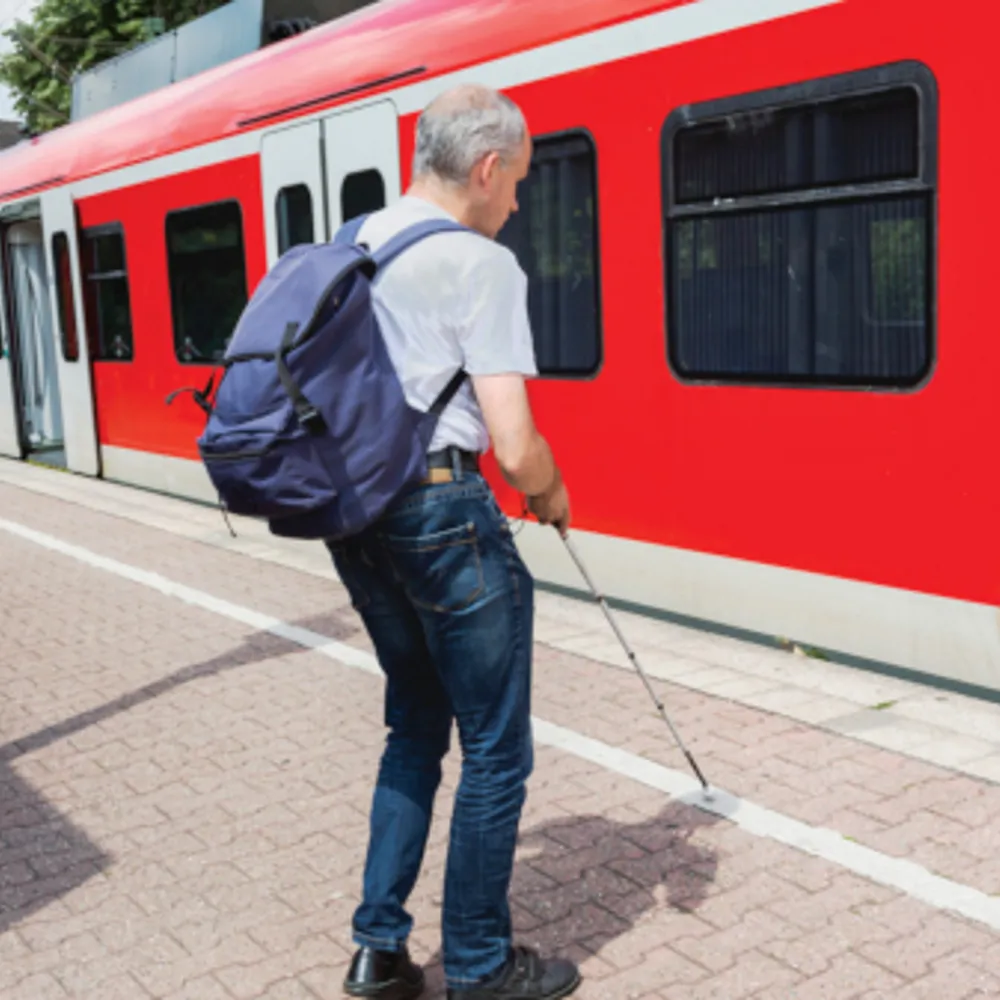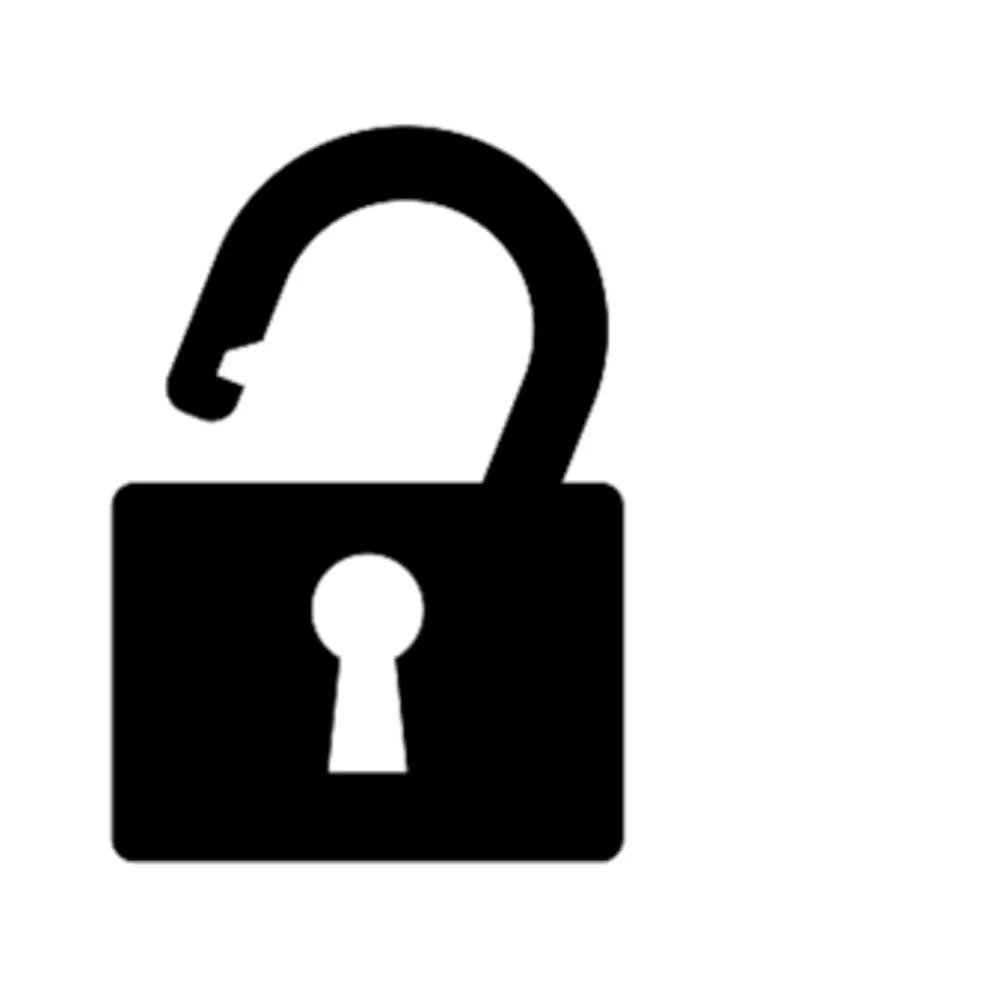Making Indoor Spaces Accessible to All
September 26, 2019

September/October 2019
More articles in this issue:
Imagine standing at the top of a set of stairs, about to descend into an underground train station that you’ve never been to before. To reach your train, you must make your way downstairs by escalators, pass through fare gates, turn down the correct hallway and move across multiple train platforms going to various destinations. Now imagine that you are blind. How will you make your way through the maze to your train?
This is a challenge that thousands of blind and low-vision travelers face every day, not only in train stations but in airports, convention centers, museums and sporting arenas. Without a sighted guide, navigating such complex spaces can be intimidating. Fortunately, solutions exist that can turn your phone into an audio-based navigation system to talk you through your route. A new standard recently published by CTA aims to create consistency for these services and thereby facilitate greater independence and confidence for blind and low-vision travelers.

Indoor Navigation Solutions
The problem of navigation in the open — on the street or on the sidewalk, for instance — has been solved for many years. Phone and car guidance systems make use of the seemingly ubiquitous availability of a GPS signal, which triangulates your position via satellite. However, GPS has notoriously poor penetration through walls and underground, making indoor navigation an entirely new challenge.
To address this deficiency, some venues have turned to vendors of indoor navigation solutions, who install Bluetooth Low Energy (BLE) beacons or leverage Wi-Fi signals to provide users with a mobile app that identifies an accessible route based on the desired destination. They then use audio alerts to guide them along that route. For instance, a user entering a train station can be told where the ticket machines are located, how far and in what direction the stairway to the train platform is, how long the stairway is, and where to stand on the platform. The user may also opt to learn more about additional features such as the location of restrooms, emergency exits or even such things as museum displays.
consistency Through Standardization
Although the number of indoor navigation solutions is increasing, the information provided can vary widely. Those moving through multiple locations serviced by different apps may find that each app provides slightly different information at different times. This is where a standard set of baseline requirements can help.
Published in June 2019, Inclusive, Audio-based, Network Navigation Systems for All Persons including those Who are Blind/Low Vision (ANSI/CTA-2076) aims to provide a consistent user experience by establishing requirements and recommendations for indoor navigation applications. When app developers and indoor locations across the country adopt the same principles in building their systems, it exponentially improves the user experience and allows people to travel more confidently, knowing they will receive similar information across venues.
Audio-based indoor navigation systems are a cost-effective way to provide those with disabilities the same freedom to travel as everyone else and more fully promote the inclusion of people with disabilities into the workplace and society.

Accessible Indoor Navigation
The global M-Enabling Summit promotes accessible technologies for senior citizens and persons with disabilities. Held last June, one session focused on indoor navigation for those who are blind or low vision. Panelists from Verizon, Wayfindr, DC Metro, and Envision Workforce Innovation Center discussed the indoor wayfinding eco-system and how standards will help accelerate the adoption of accessible indoor navigation services.
Wayfinding services were also the star attraction at the inaugural Accessible Indoor Navigation Symposium, hosted by the American Printing House for the Blind in March. Companies discussed standards, innovative technologies, best practices and next steps for indoor navigation. A second symposium will be held in 2020.
Join our community of innovators and shape the future of technology.



